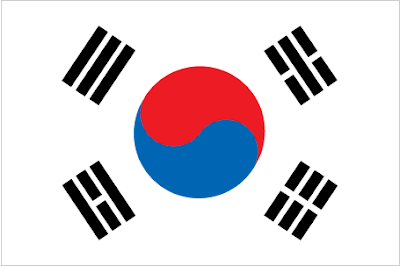
The Good Word is a current New Zealand series about books, produced by 3rd Party Productions.
This excellent show is screened on New Zealand's free to air Freeview Channel 7 and on the pay TV Sky Channel 97.
This excellent show is screened on New Zealand's free to air Freeview Channel 7 and on the pay TV Sky Channel 97.
Episodes are available online at this link: http://tvnz.co.nz/the-good-word
As part of The Good Word show, journalist Finlay McDonald presents a regular ten minute mini documentary called "Under the Covers" in which he takes a closer look at the story behind one of the most famous and influential 'iconic' New Zealand books.
In Series 2 Episode 10, the classic New Zealand book under consideration was Janet Frame's first novel Owls Do Cry, published in 1957 and still selling strongly today.
I was initially dismayed to note that once again the two 'experts' to be interviewed for the segment were elderly men, ex-professors of English, and I was ready to ask why on earth we must still canvass the opinions of "last season's men" - after all don't we have a more up to date opinion on Frame and her work to air, from some of our contemporary Frame scholars?
Was this overview going to push that predictable old chestnut the biographical fallacy, or would any of the usual suspects manage to slip in some patronising innuendo about Frame being "strange" and that her work was the unwitting outpouring of an untutored and naive genius?
But I was pleasantly surprised. The footage we were shown from the interviews was interesting and enlightening. There had clearly been a careful effort on the part of the production team, to provide a balanced picture of the topic.
There was, in the composition of the segment, I felt, an unfortunate over-emphasis on Janet Frame's psychiatric history (for the sake of the 'visuals' we were forced to visit Seacliff hospital to see where she spent about three of her 80 years of productive life), when there are so many oft neglected aspects both of the novel and of Janet Frame's life.
Of course the amazing "save" from a lobotomy is worth telling - but did we have to be subjected to an illustrative clip from Jane Campion's movie, in which the actor playing Janet Frame shakes like a scared puppy when the doctor tells her she has won a literary prize and will not be having a brain operation. Seriously folks, if Janet Frame was really that quivering jelly, could she have written Owls Do Cry?
The caricature is disappointing to anyone who actually knew Janet Frame well, as is the fact that clips from the fictionalised film adaptation of Frame's autobiography seem to stand in as documentary evidence for Frame's state of mind and physical demeanour at a time in her life when the only cameras that were actually present, captured a shy but determined, and always-smiling Frame, launching out onto her artistic destiny with great resolve and courage - and backbone.
The slippage between the film Janet and the real Janet has been an unintended consequence of what was really a beautiful art movie - one artist's interpretation of another artist's story; who could have known that 20 years after its release, the film Janet has (for many - not all!) superseded the real Janet?
Actually Janet Frame did predict this, as her biographer Michael King reports that she wrote to Lindsay Shelton of her regret that "things that happened in the film that did not happen in her life" would eventually become part of the "authorised version" of her life. And so the Myth becomes an unstoppable tsunami...
The programme screens on NZ's Freeview digital channel TVNZ 7, and archived episodes can be viewed online at this link:







